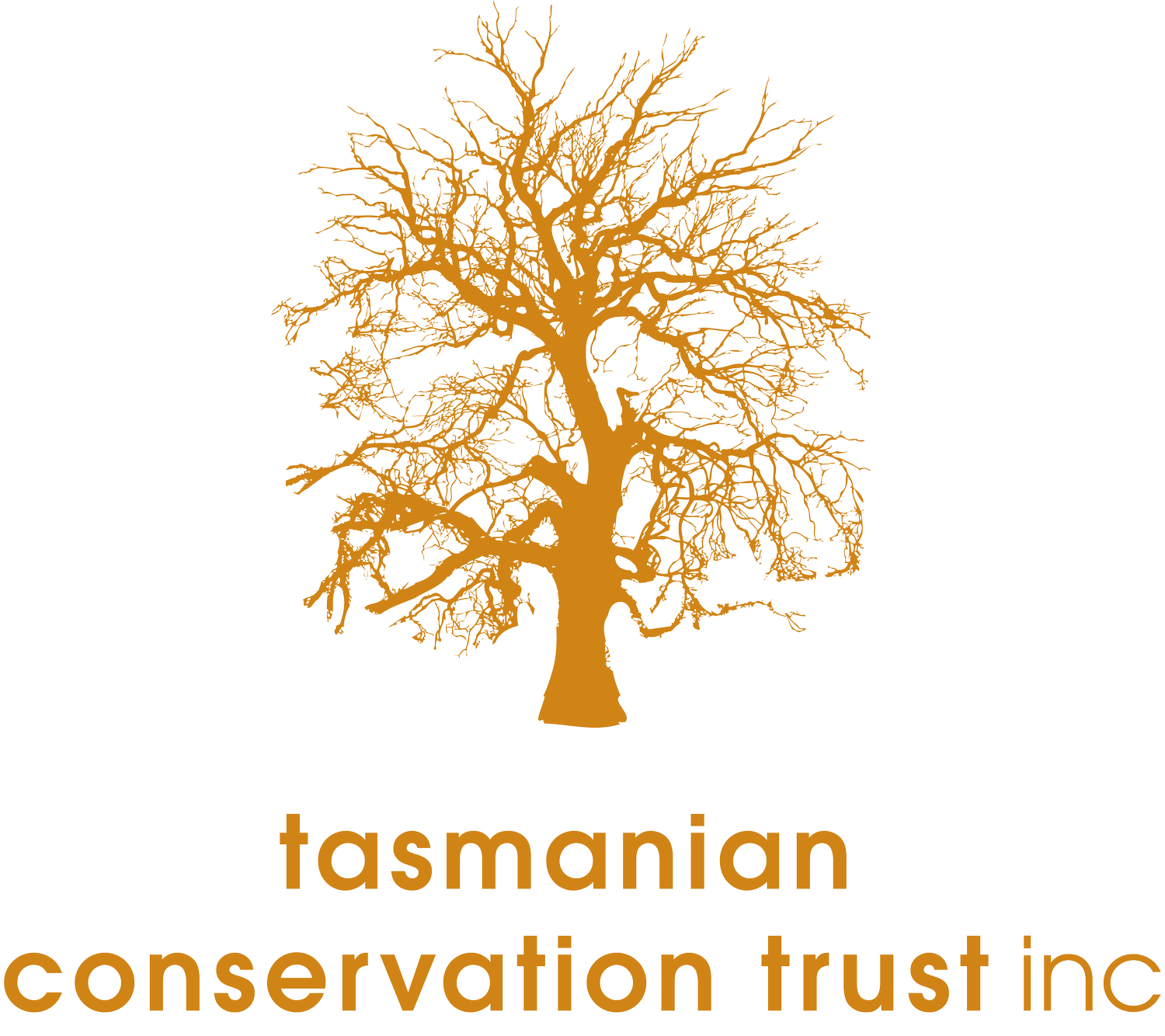The Alternatives to 1080 Program has now ceased and, without a decision by the Australian and State governments to provide additional funding, the Department of Primary Industries, Parks, Water and the Environment (DPIPWE) will only be able to maintain a low-level program. Landowners are reporting high losses from browsing animals but the State and Australian governments have basically left them to deal with this issue alone. DPIPWE will be able to provide advice via the telephone and distribute copies of documents produced by the Alternatives to 1080 Program, but expect the calls for easier access to 1080 poison to become louder, particularly from the farming community.
Planning, Reserves and EPBC February 2010
The TCT was deeply disappointed that the Environment Minister, Peter Garrett, rejected recommendations in relation to the forest management and regional forest agreements made by the independent reviewer Dr Allan Hawke in the October 2009 ‘Report of the Independent Review of the Environment Protection and Biodiversity Conservation Act 1999’ (EPBC). Dr Hawke’s recommendations were not radical or highly restrictive on the forest industry and Minister Garrett should not have dismissed them so conclusively and hastily.
Vegetation clearing regulations weakened
Delivering 1080 Alternatives in 2010 and Beyond?
‘1080 poison is a metabolic poison which, when ingested, interferes with the energy-producing cycle that takes place within an animal’s cells. The active ingredient of 1080 poison is sodium monofluoroacetate. This compound is one of many that have evolved in plants as a protection mechanism against browsing.’


